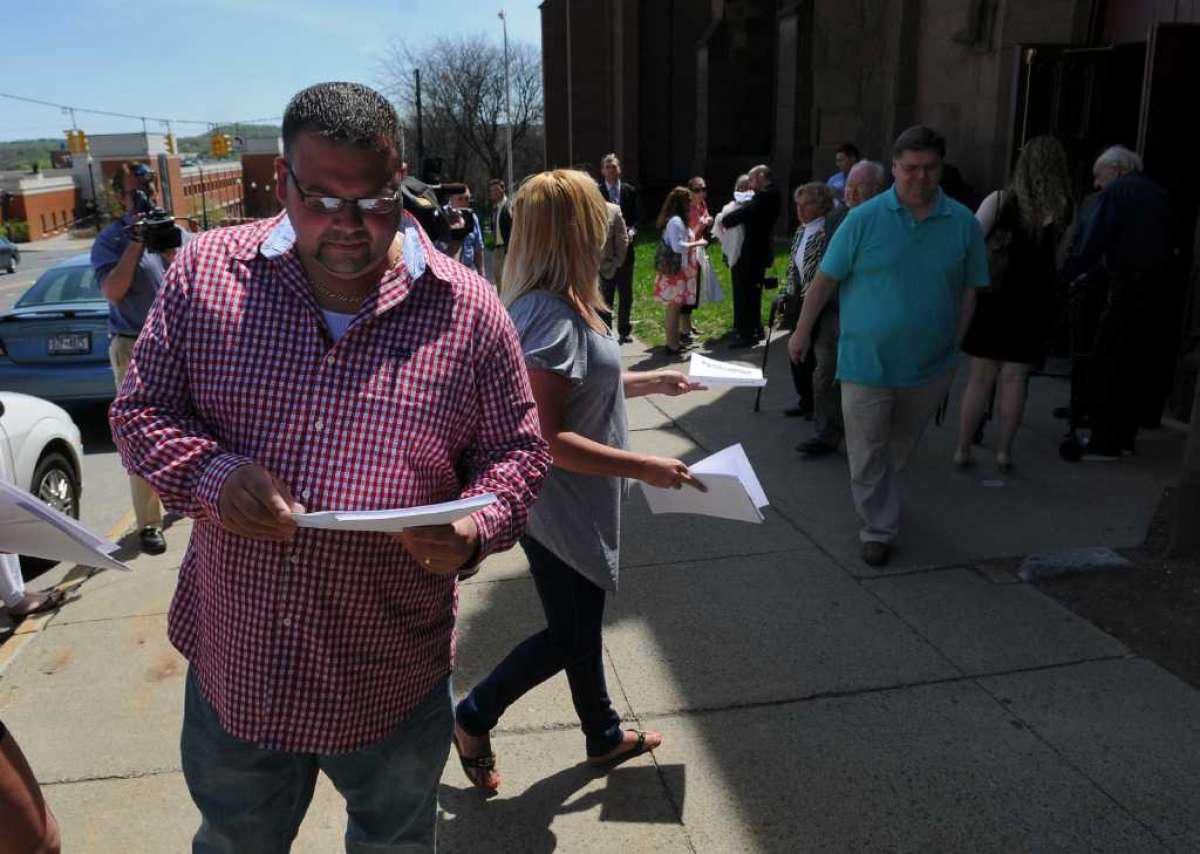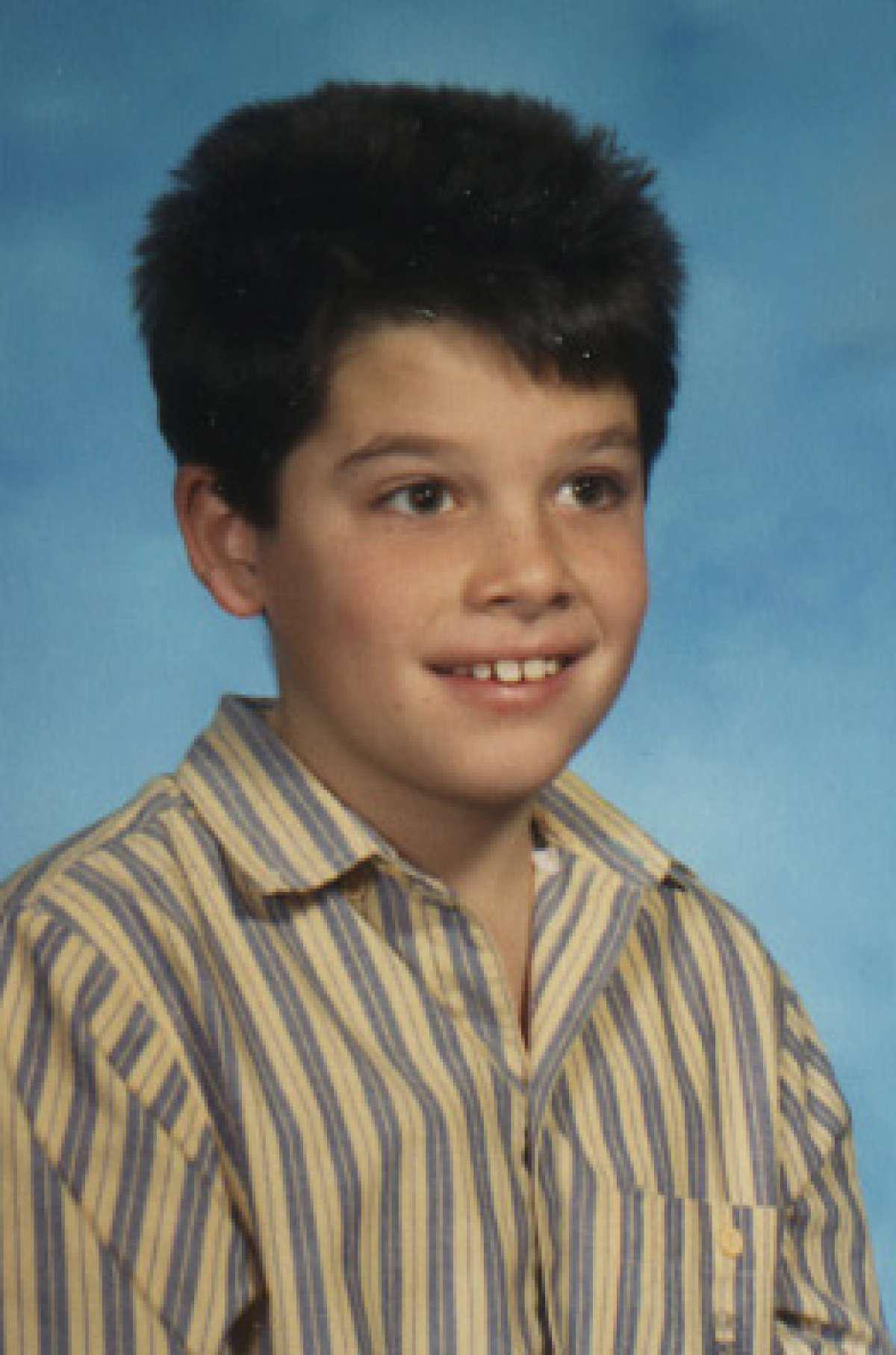|
Priest added to list of Albany diocese abusers after decades of allegations
By Edward Mckinley
Diocese says addition of Daniel J. Maher to list of offenders was meant to be publicized Three new cases alleging child abuse in the Roman Catholic Diocese of Albany were filed this past week - including one involving a priest who in August was put on the diocese's list of offenders after years of allegations against him. A lawsuit filed Wednesday says that former Albany Diocese priest Daniel J. Maher and now deceased former priest Donald Starks each abused the plaintiff when he was 11 to 13 years old from 1966 to 1968 when he was an altar boy. The two men began by touching him inappropriately and subsequently forced the young boy to have oral sex with them, the suit alleges, including in the rectory of St. Francis de Sales church in Colonie. The priests told the boy that the abuse was “'our secret,’ or something ‘between us and God,’ which would be ‘wrong to tell anybody,’” the lawsuit says. From 2003 to 2007, multiple people came forward with stories of child abuse at the hands of Maher, the lawsuit notes, but the diocese threw out the allegations after an internal investigation through their Diocesan Review Board process and allowed Maher to continue as an active priest. Maher was finally placed on leave by the diocese in February after an investigation that stemmed from yet another complaint in 2018. The diocese posted on its website that Maher had been added to its “List of Offenders” last month, but the release was not distributed by email as it usually would be, and it has not previously been reported by news outlets. Diocese spokeswoman Mary DeTurris Poust said she was working remotely from vacation when the release went out and the news was not distributed properly as a result.When a reporter for the Times Union mentioned this news to the lawyer who filed this week’s case, the lawyer did not know that it had occurred. There have been more than 100 lawsuits filed against the Albany Diocese under the Child Victims Act, a New York law that took effect last year opening a temporary look back window where complaints of childhood sexual abuse can be reported that would otherwise be outside of the statute of limitations. Recently, another extension grants survivors until Aug. 14, 2021 to file claims. The second CVA case this past week was filed Thursday alleging abuse in the early 1980s by an Albany Diocese priest named Timothy Mangan, and the third was filed Friday — the plaintiff in the suit told the Times Union — although the complaint was not yet uploaded online by Sunday afternoon. A groundbreaking 2018 Pennsylvania grand jury report on clergy abuse detailed the seven steps that were taken by dioceses around the country — and the world — to create a “circle of secrecy” that buried abuse claims, allowing alleged abusers to escape accountability and enabled the cycle of abuse to continue. Several of the steps in that grand jury report were part of the allegations in last week’s suits filed against the Albany diocese: deficient and biased diocesan investigations, insufficient reporting to law enforcement, misleading or missing public statements about complaints, financial or professional support for accused priests and a tendency to reassign accused abusive priests rather then removing them from the priesthood. Victor DeSantis, a former priest in the Albany diocese from 1961 to 1971 whose son, Michael, came forward a decade ago with reports of abuse perpetrated by four Albany priests against him when he was a child, spoke to the Times Union about the personal tension he feels between those two parts of his life. Michael is the plaintiff in the case filed late Friday afternoon for which records were not yet available. Michael declined on Saturday to speak to the Times Union for this story without first receiving permission from his lawyers, and his lawyers couldn't be immediately reached. The Times Union normally does not name alleged survivors of sexual abuse, however Michael has spoken to the Times Union previously about his experience. “I felt that when our case, my son’s case, was investigated by the diocese 12 years ago, I felt the investigation was a sham. And the way it was conducted,” DeSantis said. “They used a former FBI agent to investigate the case, and I’d say the way he went about it was atrocious. And the questions he asked and the way it was done.” DeSantis said his son's story was eventually deemed not credible by the church. For three of the four priests, it was at least the second time the church had cleared them after accusations they had sexually abused children, according to previous Times Union reporting. DeSantis said he and many of his friends in the priesthood were shocked when the landslide of abuse cases came forward against clergy. “Pedophelia I would say was not on the radar for most of us, at that point. I hadn’t heard of any cases and most of my friends hadn’t heard of any, and then all of a sudden when it came to bear the last 20 years, I was surprised. I’ll admit that. I was surprised by the number of cases all over the world,” he said. DeSantis gave his perspective on the feeling within the priesthood that allowed abuse to perpetuate. “They probably didn’t want to believe it. And they didn’t want it out in the public because it would damage the reputation of the church. 'This couldn’t happen to us' kind of thing,” he said. “The priesthood is a pretty close club, you know?” DeSantis said. “The priesthood is certainly much, much more closely a fraternity and they going to protect one another, that kind of thing, you know? It’s really a close club. Things have changed, I think, since my time — but not totally.”
|
.
Any original material on these pages is copyright © BishopAccountability.org 2004. Reproduce freely with attribution.

